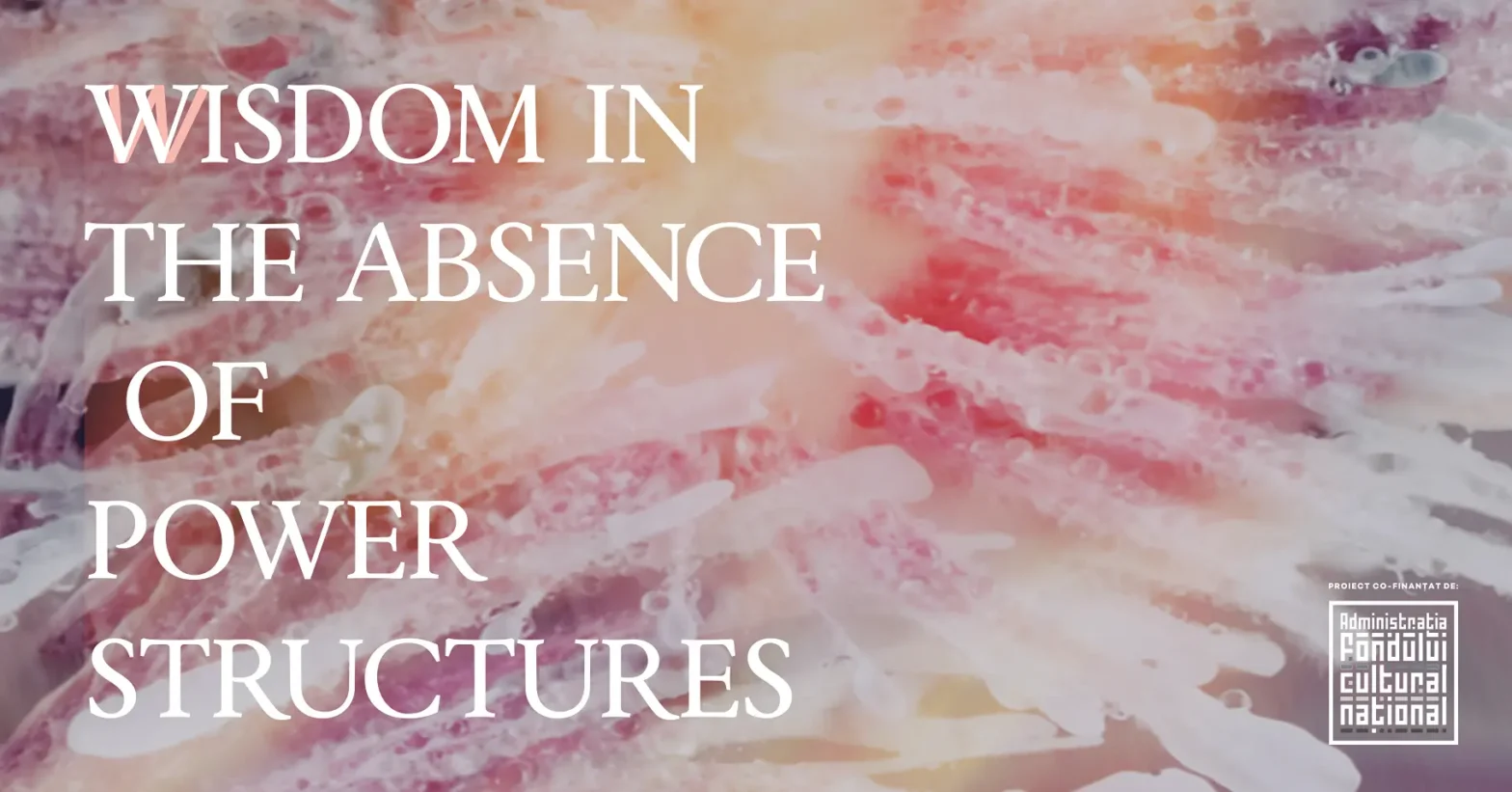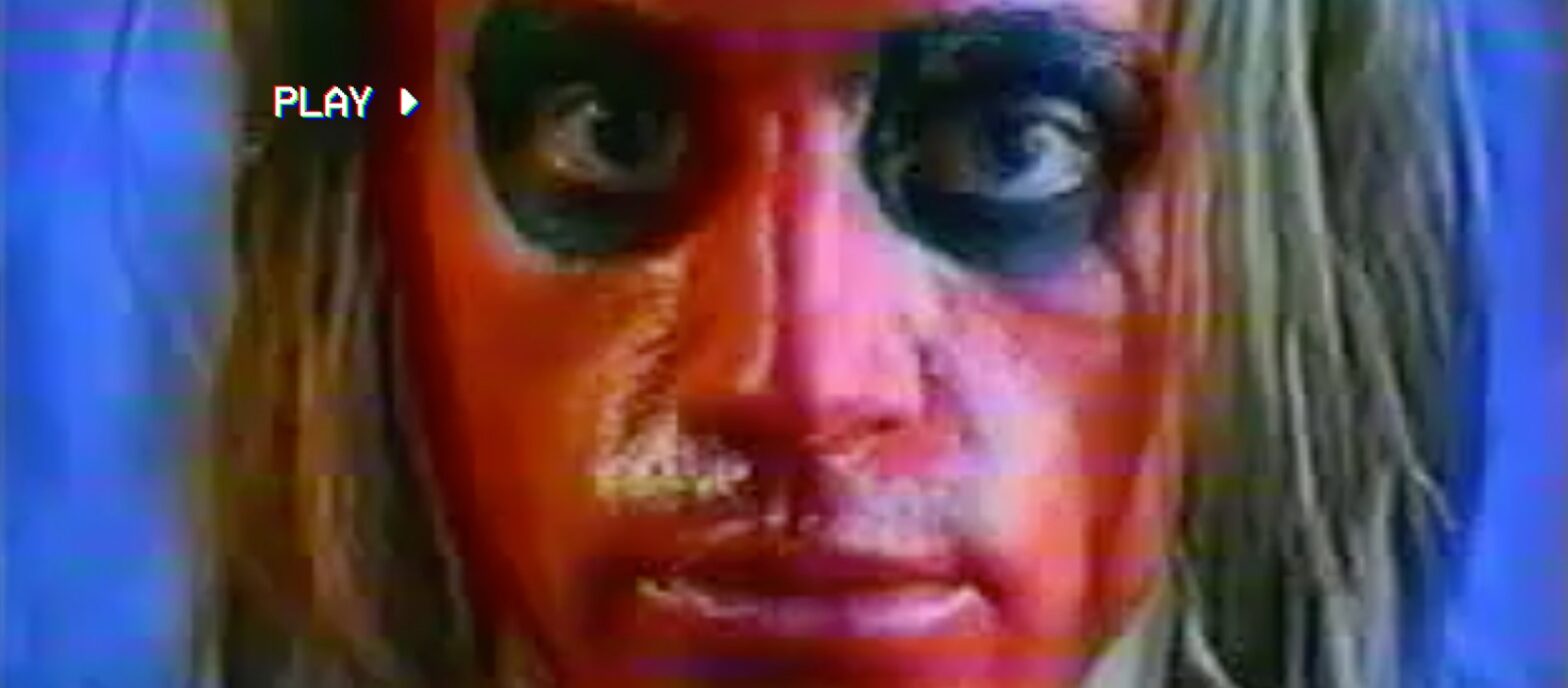Politică de confidențialitate
Kunsthalle Bega se angajează să vă protejeze intimitatea. Contactati-ne la kunsthallebega@kunsthallebega.ro dacă aveți întrebări sau probleme cu privire la utilizarea datelor dvs. personale și vă vom ajuta cu plăcere.
Prin utilizarea acestui site sau / şi serviciile noastre, sunteţi de acord cu prelucrarea datelor dumneavoastră personale aşa cum este descris în această politică de confidenţialitate.
Cuprins
- Definiții utilizate
- Principii de protecție a datelor
- Ce drepturi aveți cu privire la utilizarea datele personale
- Ce date personale colectam
- Cum folosim datele dumneavoastră personale
- Cine altcineva are acces la datele personale
- Cum putem securiza datele d-voastra
- Informații despre cookie-uri
- Informații de contact Autoritatea de Supraveghere
Definiții
Datele cu caracter personal – orice informație privind o persoană fizică identificată sau identificabilă.
Prelucrare – orice operațiune sau set de operațiuni care se efectuează asupra datelor cu caracter personal sau seturi de date cu caracter personal.
Persoana vizată – persoana fizice ale căror date personale sunt prelucrate.
Copil – o persoană fizică cu vârsta sub 18 ani.
Principii de protecție a datelor
Ne angajăm să urmăm următoarele principii de protecție şi prelucrare a datelor cu caracter personal:
- Procesarea este legală, corectă, transparentă. Activitățile noastre de prelucrare au motive legale. Întotdeauna considerăm drepturile dvs. înainte de prelucrarea datelor personale. Vă vom furniza informații privind prelucrarea la cerere.
- Procesarea este limitată ca scop. Activitățile noastre de procesare corespund scopului pentru care au fost colectate datele personale.
- Procesarea se face cu date minime. Noi colectăm și procesăm doar cantitatea minimă de date personale necesare pentru orice scop.
- Prelucrarea este limitată pe o perioadă de timp de 5 ani. Noi nu vom stoca datele cu caracter personal pentru o perioada mai mare decât este necesar.
- Vom face tot posibilul pentru a asigura acuratețea datelor.
- Vom face tot posibilul pentru a asigura integritatea și confidențialitatea datelor.
Drepturile persoanelor vizate
Persoana vizată are următoarele drepturi:
- Dreptul la informare – ceea ce înseamnă că trebuie să știți dacă datele dvs. personale sunt procesate; ce date sunt colectate, de unde sunt obținute și de ce și de cine sunt prelucrate.
- Dreptul de acces – ceea ce înseamnă că aveți dreptul de a accesa datele colectate de la / despre dvs. Aceasta include dreptul dvs. de a solicita și de a obține o copie a datelor dvs. personale culese.
- Dreptul la actualizare/rectificare – ceea ce înseamnă aveți dreptul de a solicita rectificarea sau ștergerea datelor dumneavoastră personale, care sunt inexacte sau incomplete.
- Dreptul de ștergere – ceea ce înseamnă că în anumite circumstanțe puteți cere ca datele dvs. personale să fie șterse din înregistrările noastre.
- Dreptul de a restricționa procesarea – adică în cazul în care se aplică anumite condiții, aveți dreptul să restricționați procesarea datelor dvs. personale.
- Dreptul de a se opune procesării – adică în anumite cazuri aveți dreptul să vă opuneți procesării datelor dvs. personale, de exemplu în cazul marketingului direct.
- Dreptul de a se opune prelucrării automate – ceea ce înseamnă că aveți dreptul să faceți obiecții față de procesarea automată, inclusiv de profilare; și să nu facă obiectul unei decizii bazate exclusiv pe prelucrarea automată. Acest drept poate fi exercitat ori de câte ori există un rezultat al profilării care produce efecte juridice care te afectează sau te afectează în mod semnificativ.
- Dreptul la portabilitatea datelor – aveți dreptul să obțineți datele dvs. personale într-un format adecvat sau, dacă este posibil ca transfer direct de la un procesator la altul..
- Dreptul de a depune o plângere – în cazul în care refuzăm cererea dvs. în baza Drepturilor de Acces, vă vom oferi un motiv de ce. Dacă nu sunteți mulțumit de modul în care a fost tratată solicitarea dvs., vă rugăm să ne contactați.
- Dreptul de ajutor de la autoritatea de supraveghere – ceea ce înseamnă că aveți dreptul la ajutorul unei autorități de supraveghere și dreptul la alte căi de atac, cum ar fi solicitarea de despăgubiri.
- Dreptul de a retrage consimțământul – ai dreptul retrage orice acord dat de prelucrare a datelor dumneavoastră personale.
Ce date personale colectam
Informații pe care ni le-ați furnizat
Aceasta poate fi adresa dvs. de e-mail, numele, adresa de domiciliu etc. – în principal informațiile necesare pentru livrarea unui serviciu sau pentru a îmbunătăți experiența clienților cu noi. Salvăm informațiile pe care ni le furnizați pentru a vă putea contacta sau efectua alte activități pe site. Aceste informații includ, de exemplu, numele dvs. și adresa de e-mail.
Informații colectate automat despre dvs.
Aceasta include informații care sunt stocate automat de module cookie și alte instrumente de sesiune. De exemplu, informațiile despre adresa dvs. IP, istoricul de accesări etc. Aceste informații sunt utilizate pentru a îmbunătăți experiența clienților. Când utilizați serviciile noastre sau căutați conținutul site-ului nostru, activitățile dvs. pot fi înregistrate.
Informații cu caracter public
Este posibil să colectăm informații cu caracter public despre dvs.
Cum folosim datele dumneavoastră personale
Noi folosim datele dvs. personale pentru a:
- furniza serviciul nostru pentru dvs. Aceasta include, de exemplu, înregistrarea contului; oferindu-vă alte produse și servicii pe care le-ați solicitat; oferindu-vă elemente promoționale la cererea dvs. și comunicând cu dvs. în legătură cu aceste produse și servicii; comunicarea și interacțiunea cu dvs.; pentru a va notifica despre modificările aduse oricăror servicii.
- îmbunătățiți experiența clienților;
- îndeplinirea unei obligații în conformitate cu legea sau contractul;
- în rapoartele şi statisticile interne ale companiei.
Noi folosim datele dvs. personale pe motive legitime și cu consimțământul dumneavoastră.
Pe baza încheierii unui contract sau a îndeplinirii obligațiilor contractuale, vom procesa datele dvs. personale în următoarele scopuri:
- pentru a vă identifica;
- pentru a vă furniza un serviciu sau de a trimite / vă oferta un produs;
- în vederea comunicării cu dvs. fie în scopuri de vânzări sau facturare;
- în rapoartele şi statisticile interne ale companiei.
Pe baza unui interes legitim, ne procesăm datele personale pentru următoarele scopuri:
- gestionarea și analiza bazei noastră de clienți (comportamentul de cumpărare / vizitare și istoricul) pentru a îmbunătăți calitatea, varietatea și disponibilitatea produselor / serviciilor oferite / furnizate;
Atâta timp cât nu ne-ați informat, considerăm că prin a vă oferi produse / servicii care sunt similare sau identice cu comportamentul dvs. din istoricul de cumpărare / de navigare, este interesul nostru legitim.
Cu acordul dvs. vom procesa datele dvs. personale în următoarele scopuri:
- pentru a vă trimite buletine informative și/sau oferte în diferite campanii de marketing;
- pentru alte scopuri pentru care v-am cerut acordul dvs.;
Noi procesăm datele dvs. personale pentru a îndeplini obligațiile care decurg din lege şi / sau pentru a folosi datele dumneavoastră personale pentru opțiunile prevăzute de lege. Ne rezervăm dreptul de a anonimiza datele personale adunate și de a utiliza astfel de date. Vom folosi datele în afara domeniului de aplicare al prezentei Politici numai atunci când este anonimă. Salvăm informațiile dvs. de facturare și alte informații culese despre dvs. atât timp cât este necesar în scopuri contabile sau alte obligații care decurg din termene legale, dar nu mai mult de 5 ani.
Am putea procesa datele personale pentru alte scopuri care nu sunt menționate aici, dar sunt compatibile cu scopul original pentru care au fost colectate datele. Pentru a face acest lucru, ne vom asigura că:
- legătura dintre scopurile, contextul și natura datelor personale este adecvată pentru procesarea ulterioară;
- Prelucrarea ulterioară nu vă va afecta interesele
Vă vom informa despre orice procesare și scopuri ulterioare.
Cine altcineva are acces la datele personale
Nu utilizam datele dvs. personale în relația cu companii terțe, parteneri sau alte persoane din exteriorul companiei.
Nu vom dezvălui datele dvs. personale terților sau instituțiilor publice decât atunci când suntem obligați din punct de vedere legal să facem acest lucru. Am putea dezvălui datele dvs. personale unor terțe părți dacă v-ați dat acordul sau dacă există alte motive legale pentru aceasta.
Cum putem securiza datele dumneavoastră
Facem tot posibilul pentru a păstra datele dvs. personale în siguranță. Utilizăm protocoale sigure pentru comunicare și transfer de date (cum ar fi HTTPS). Monitorizăm sistemele noastre pentru posibile vulnerabilități și atacuri.
Chiar dacă încercăm tot ce ne stă în putință, nu putem garanta securitatea informațiilor. Cu toate acestea, ne angajăm să notificam autoritățile competente privind încălcările protecției datelor. De asemenea, vă vom anunța dacă există o amenințare la adresa drepturilor sau intereselor dvs. Vom face tot ce putem în mod rezonabil pentru a preveni încălcarea securității și pentru a asista autoritățile în cazul în care vor apărea încălcări.
Dacă aveți un cont la noi, rețineți că trebuie să păstrați secretul dvs. de utilizator și parola.
Politica față de minori
Nu intenționăm să colectăm cu bună știință informații de la minori. Nu vizăm minorii ca potențiali beneficiari ai serviciilor noastre.
Cookie-urile și alte tehnologii pe care le folosim
Utilizăm cookie-uri și / sau tehnologii similare pentru a analiza comportamentul clienților, pentru a administra site-ul, a urmări comportamentul utilizatorilor pe site și pentru a colecta informații despre utilizatori. Acest lucru se face pentru a vă personaliza și îmbunătăți experiența cu noi.
Un cookie este un fișier text stocat pe computer dvs.. Cookie-urile stochează informațiile care sunt utilizate pentru a ajuta site-urile să funcționeze mai bine. Numai noi putem accesa cookie-urile create de site-ul nostru. Puteți controla modulele cookie la nivel de browser. Alegerea dezactivării cookie-urilor poate împiedica utilizarea anumitor funcții.
Utilizăm cookie-urile în următoarele scopuri:
- Cookie-urile necesare – aceste cookie-uri sunt necesare pentru a putea utiliza câteva funcții importante pe site-ul nostru, cum ar fi conectarea. Aceste cookie-uri nu colectează informații personale.
- Cookie-uri de funcționalitate – aceste cookie-uri oferă funcționalitate care face ca utilizarea serviciului nostru să fie mai convenabilă și face posibile caracteristici mai personalizate. De exemplu, acestea ar putea să-și amintească numele și adresa de e-mail în formularele de contact, astfel încât nu trebuie să reintroduceți această informație data viitoare.
- Cookie-urile de analiza – aceste module cookie sunt utilizate pentru a urmări utilizarea și performanța site-ului web și a serviciilor noastre
Puteți elimina modulele cookie stocate în computer prin setările browser-ului. În mod alternativ, puteți controla anumite module cookie terță parte utilizând o platformă de îmbunătățire a confidențialității, cum ar fi optout.aboutads.info sau youronlinechoices.com. Pentru mai multe informații despre cookies, vizitați allaboutcookies.org.
Utilizăm Google Analytics pentru a măsura traficul pe site-ul nostru. Google are propria politică de confidențialitate pe care o puteți consulta la:
aici. Dacă doriți să renunțați la urmărirea de către Google Analytics, accesați Google Analytics opt-out page.
Informații de contact
Autoritatea de Supraveghere
Website: http://www.dataprotection.ro/
Email: anspdcp@dataprotection.ro
Telefon: +40.318.059.211; +40.318.059.212
Modificări în politica de confidențialitate
Ne rezervăm dreptul de a modifica această politică de confidențialitate.

